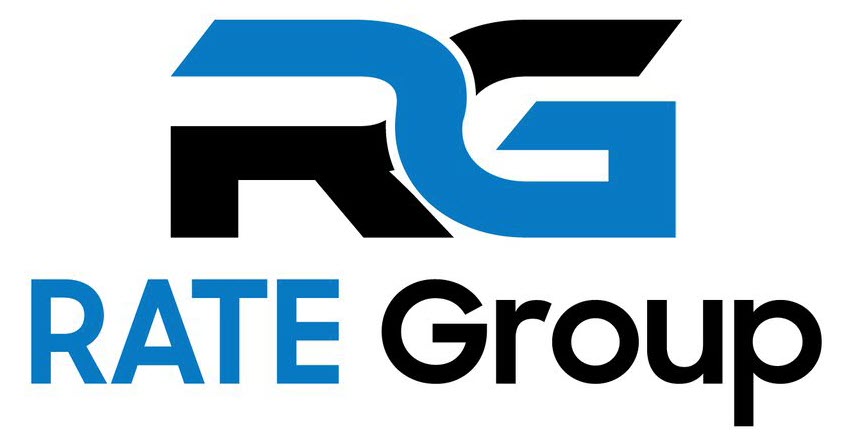
15 Jan Why Is Cryptocurrency Tax Compliance So Low?
[ad_1]
2019 was a very eventful year for cryptocurrency taxation.
After five years from the issuance of the original crypto guidance in 2014 (IRS Notice 2014-21), in 2019, the Internal Revenue Service came up with several initiatives to police crypto tax compliance.
- August 2019—the IRS sent out tax notices (Letter 6173, Letter 6174, and Letter 6174-A) to 10,000 taxpayers with cryptocurrency transactions.
- Oct. 9, 2019—the IRS issued 43 Q&As elaborating on the originally issued Notice 2014-21
- Oct. 9, 2019—the IRS issued Revenue Ruling 2019-24 addressing forks and airdrops
- Oct. 10, 2019—the IRS released a draft 2019 Schedule 1 which asks taxpayers, “At any time during 2019, did you receive, sell, exchange, otherwise hold any financial interest in any virtual currency?”
The above initiatives are due to extremely poor compliance rates. According to the IRS Chief Counsel, Michael Desmond, the IRS receives approximately 150 million tax returns annually. Various sources report that there…
[ad_2]
Source link

